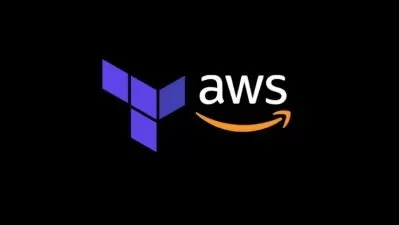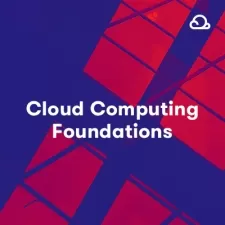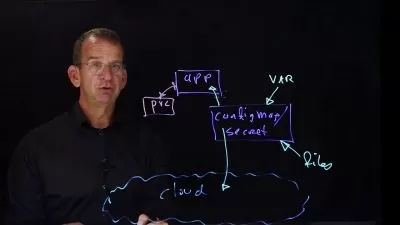Architecting for Cost on AWS
Fernando Medina Corey
5:05:09
Description
With hundreds of services and features, developing cost-effective cloud applications is a challenge. This course will teach you the tools, design patterns, and concepts you need to know to optimize the cost of your AWS applications.
What You'll Learn?
Effectively cost-optimizing cloud applications is a challenge for every organization. In this course, Architecting for Cost on AWS, you will gain the knowledge you need to design cost-effective applications. First, you will learn how to avoid common cost-optimization pitfalls with case studies from cloud-adoption failures and success stories. Next, you will discover design patterns to architect applications to match the supply and demand of cloud resources to reduce wasted spending. Finally, you will explore how to develop ongoing cost awareness and optimize your cloud costs over time. When you are finished with this course, you will have the skills and knowledge required to architect cost-optimized applications on AWS and to optimize existing AWS applications.
More details
User Reviews
Rating
Fernando Medina Corey
Instructor's Courses
Pluralsight
View courses Pluralsight- language english
- Training sessions 61
- duration 5:05:09
- level preliminary
- Release Date 2023/10/10
















